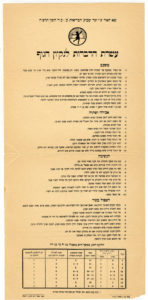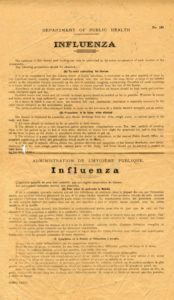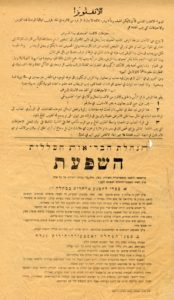Apr 3, 2020 By: rolen
 Yeshiva University Archives. Israeli Broadside Collection.
Yeshiva University Archives. Israeli Broadside Collection. Yeshiva University Archives. Israeli Broadside Collection.
Yeshiva University Archives. Israeli Broadside Collection. Yeshiva University Archives. Israeli Broadside Collection.
Yeshiva University Archives. Israeli Broadside Collection. Yeshiva University Archives. Israeli Broadside Collection.
Yeshiva University Archives. Israeli Broadside Collection. Yeshiva University Archives. Israeli Broadside Collection.
Yeshiva University Archives. Israeli Broadside Collection. Yeshiva University Archives. Israeli Broadside Collection.
Yeshiva University Archives. Israeli Broadside Collection.